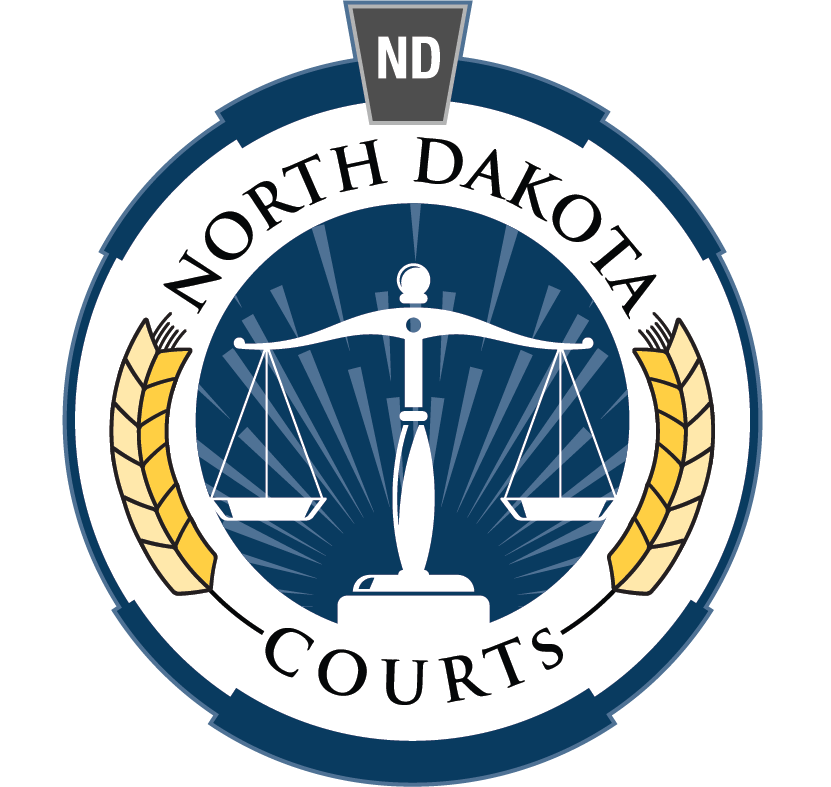RULE 52. FINDINGS BY THE COURT
Effective Date: 3/1/1998
Obsolete Date: 3/1/2004
(a) Effect. In all actions tried upon the facts without a jury or with an advisory jury, the court shall find the facts specially and state separately its conclusions of law thereon and direct the entry of the appropriate judgment; and in granting or refusing temporary injunctions the court shall similarly set forth the findings of fact and conclusions of law which constitute the grounds of its action. Requests for findings are not necessary for purposes of review. Findings of fact, whether based on oral or documentary evidence, shall not be set aside unless clearly erroneous, and due regard shall be given to the opportunity of the trial court to judge the credibility of the witnesses.The findings of a master, to the extent that the court adopts them, shall be considered as the findings of the court. It will be sufficient if the findings of fact and conclusions of law are stated orally and recorded in open court following the close of the evidence or appear in an opinion or memorandum of decision filed by the court. Findings of fact and conclusions of law are unnecessary on decisions of motions under Rules 12 or 56 or any other motion except as provided in subdivision (c) of this rule.
(b) Amendment. On motion served and filed no later than 15 days after notice of entry of judgment, the court may amend its findings-or make additional findings--and may amend the judgment. The motion may accompany a motion for a new trial under Rule 59. When findings of fact are made in actions tried without a jury, the sufficiency of the evidence supporting the findings may be later questioned whether or not the party raising the question in the district court objected to the findings, moved to amend them, or moved for partial findings.
(c) Judgment on partial findings. If during a trial without a jury a party has been fully heard on an issue and the court finds against the party on that issue, the court may enter judgment as a matter of law against that party with respect to a claim, or defense that cannot under the controlling law be maintained or defeated without a favorable finding on that issue, or the court may decline to render any judgment until the close of all the evidence. Such a judgment shall be supported by findings of fact and conclusions of law as required by subdivision (a) of this rule.
Rule 52 was amended, effective August 1, 1971; March 1, 1986; March 1, 1994; March 1, 1997; March 1, 1998; March 1, 2004; March 1, 2011.
A choice between two permissible views of the evidence is not clearly erroneous when the trial court's findings are based either on physical or documentary evidence, or inferences from other facts, or on credibility determinations. Prior decisions of the supreme court to the contrary are to be disregarded.
Subdivision (a) was amended, effective March 1, 1994, to expressly provide that findings of fact, whether based on oral or documentary evidence, are not to be set aside unless clearly erroneous. Subdivision (a) was further amended, effective March 1, 2004, to provide that findings of fact in juvenile matters, including referee findings adopted by the district court, are not to be set aside unless clearly erroneous. Prior decisions of the supreme court to the contrary are to be disregarded.
Subdivision (b) was amended, effective March 1, 2011, to increase the time to file a motion to amend findings from 15 to 28 days after notice of entry of judgment.
Subdivision (c) was added, effective March 1, 1994, to track the 1991 federal amendment, by authorizing the court in a non-jury trial to enter judgment at any time that the court can make a dispositive finding of fact on the evidence against any party. A judgment on partial findings should not be entered before the close of evidence unless certification is appropriate under Rule 54(b).
N.D.R.Ct. 7.1, explains the preparation of orders, decrees, findings of fact and conclusions of law.
Rule 52 was amended, effective March 1, 2011, in response to the December 1, 2007, revision of the Federal Rules of Civil Procedure. The language and organization of the rule were changed to make the rule more easily understood and to make style and terminology consistent throughout the rules.
SOURCES: Joint Procedure Committee Minutes of April 29-30, 2010, page 14; September 24-25, 2009, page 22, September 18-19, 2003, pages 25-26; September 26-27, 1996, pages 10-12; April 25, 1996, pages 18-19; September 28-29, 1995, pages 17-18; January 28-29, 1993, page 8; March 28, 1985, pages 1-3; January 19, 1984, pages 3-4; November 29-30, 1979, page 14; Fed.R.Civ.P. 52.
STATUTES AFFECTED:
CONSIDERED: N.D.C.C. § 27-20-56 (1).
CROSS REFERENCE: N.D.R.Civ.P. 12 (Defenses and Objections-When and How Presented-By Pleading or Motion-Motion for Judgment on Pleadings), N.D.R.Civ.P. 41 (Dismissal of Actions), N.D.R.Civ.P. 54 (Judgment; Costs), N.D.R.Civ.P. 56 (Summary Judgment), N.D.R.Civ.P. 59 (New Trials-Amendment of Judgments); N.D.R.App.P. 35 (Scope of Review), N.D.R.App.P.); N.D.R.Ct. 7.1 (Judgments, Orders and Decrees); and N.D. Sup. Ct. R. 13 (Juvenile Referees).

